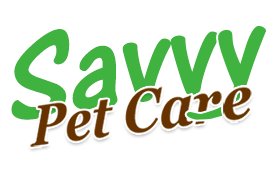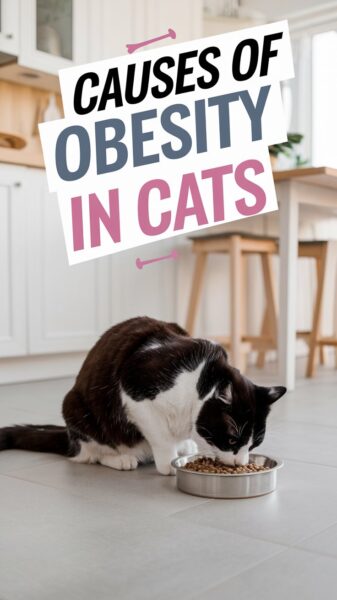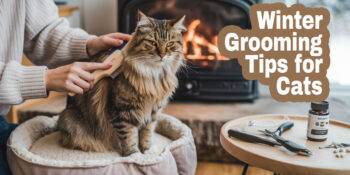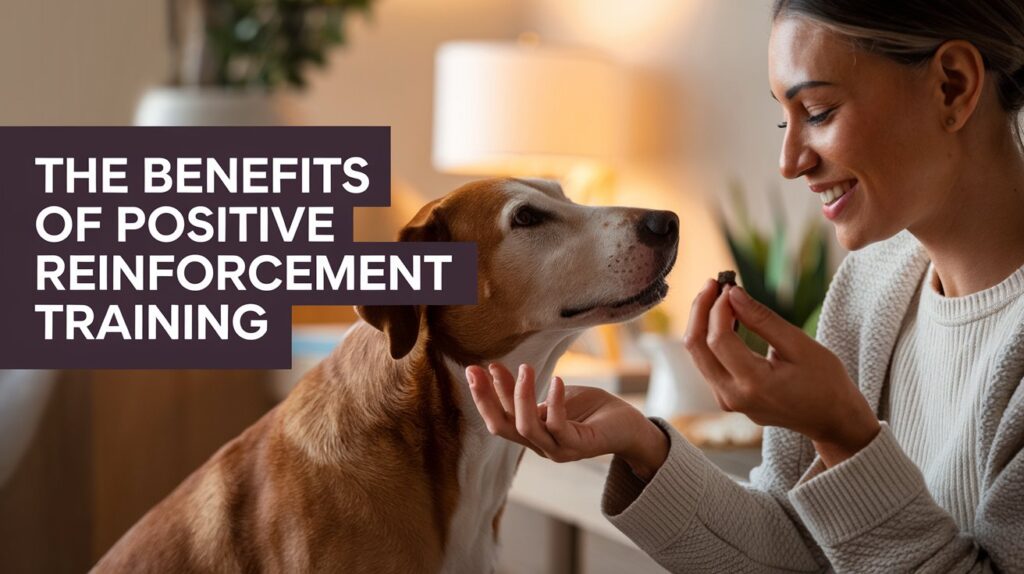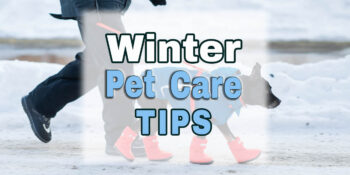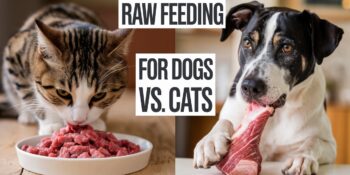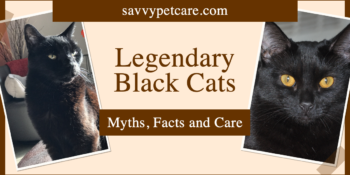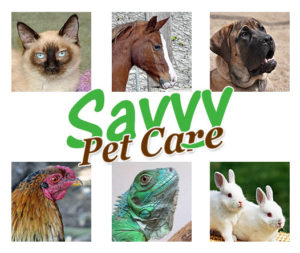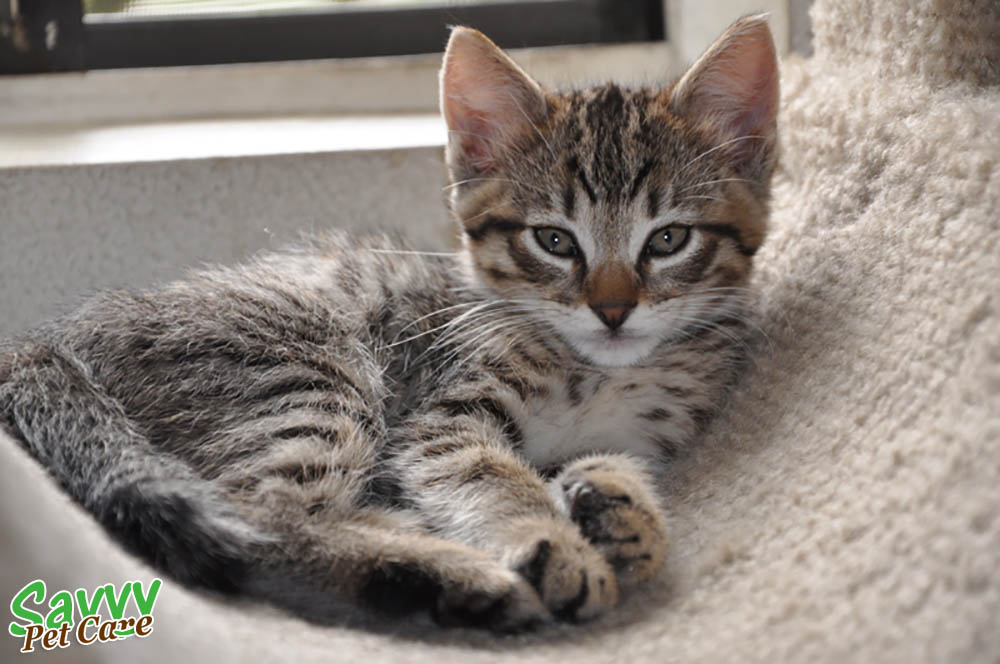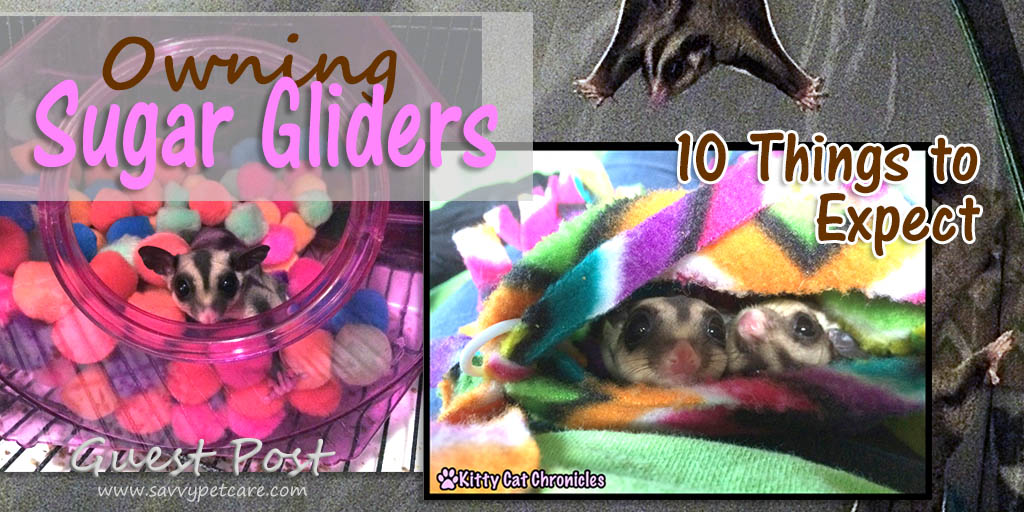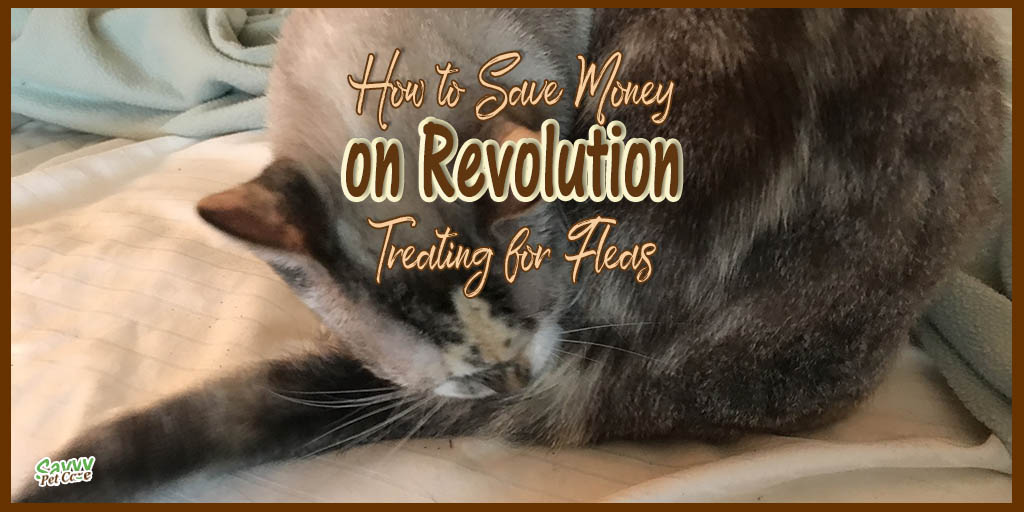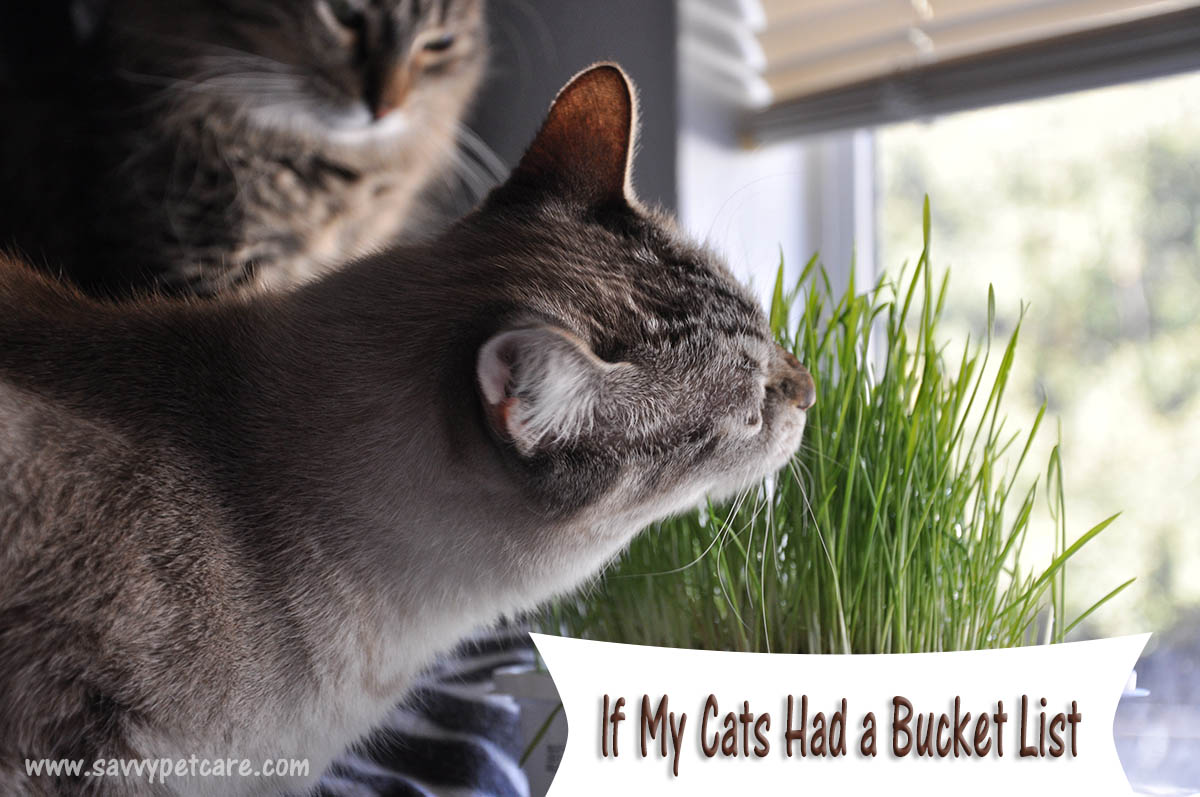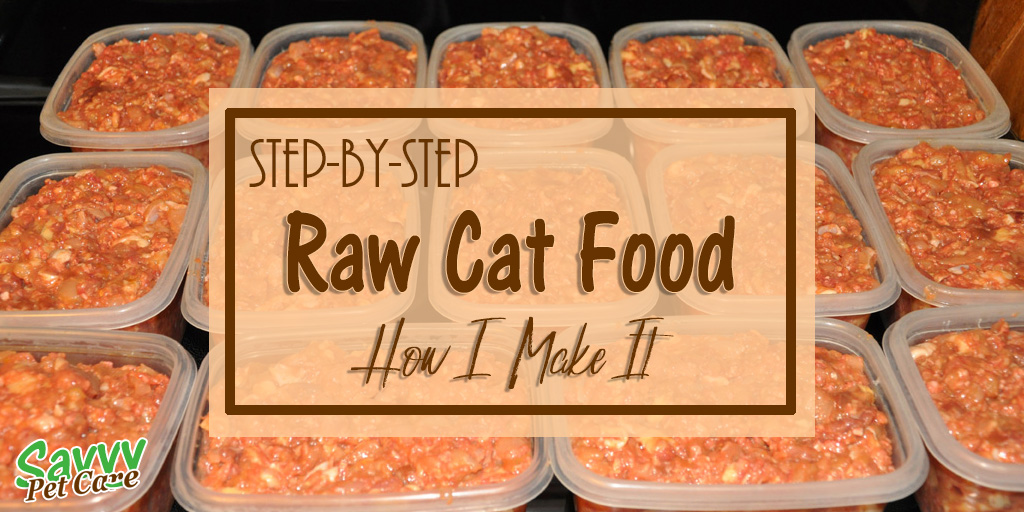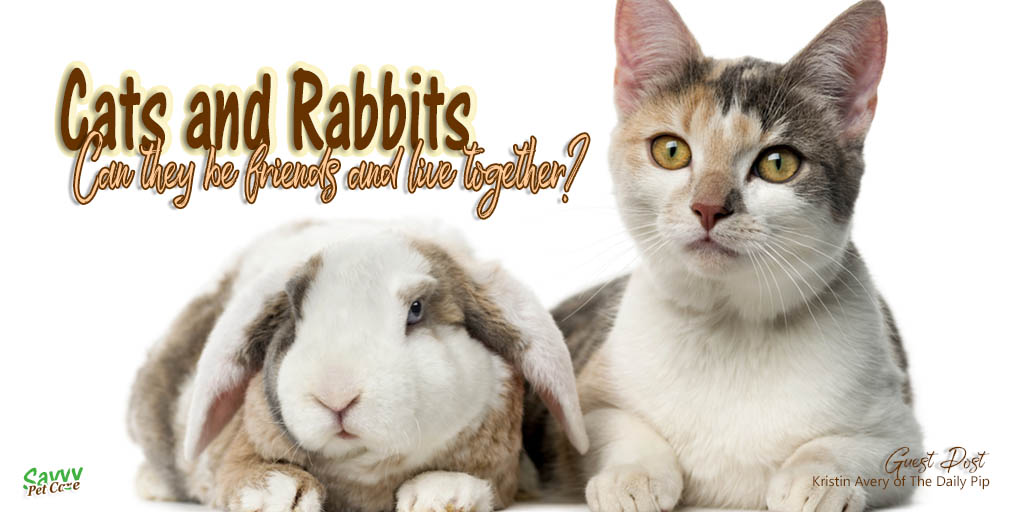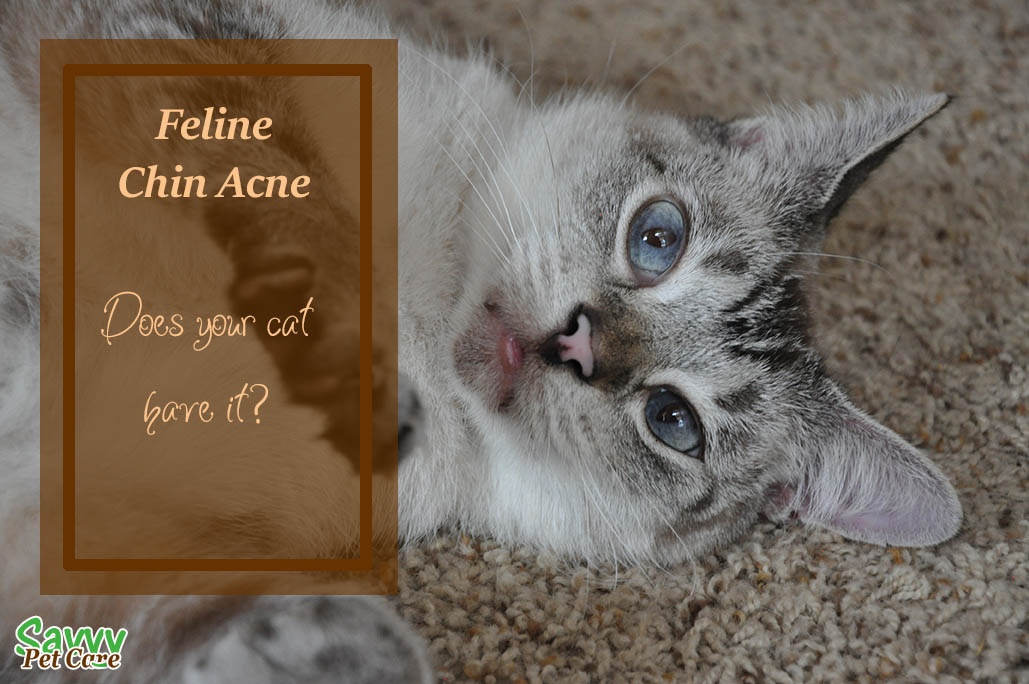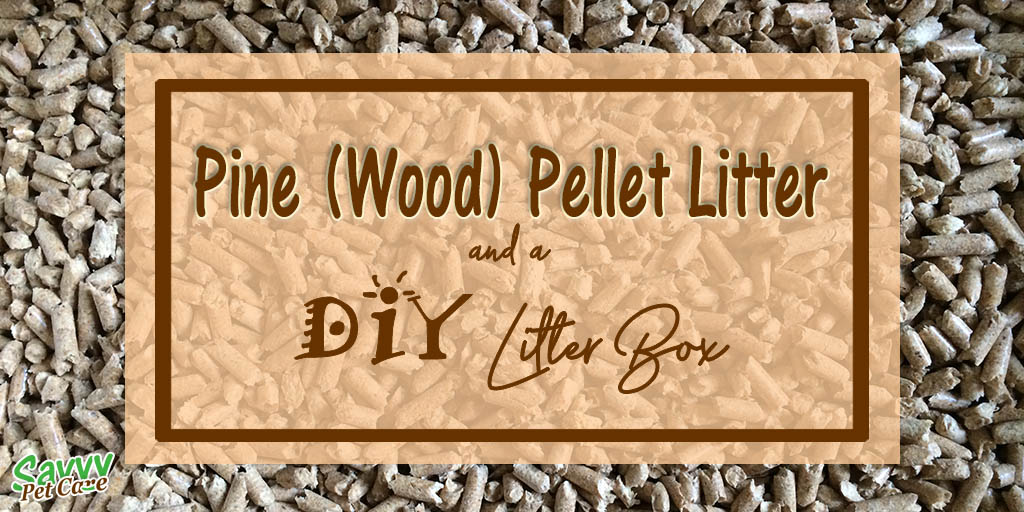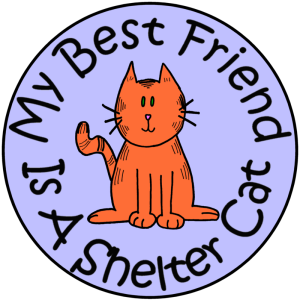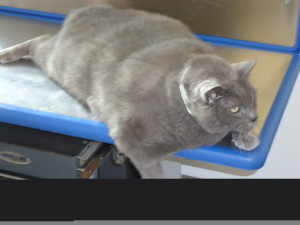 A 2011 study by APOP (Association for Pet Obesity Prevention) shows that obesity in cats is on the rise. The study found that over 50 percent of cats were either obese or overweight. As with humans, obesity in cats can be detrimental to their health. It can predispose them to diabetes, fatty liver disease and arthritis. The cause is too many calories taken in compared to the calories expended. Sound familiar?
A 2011 study by APOP (Association for Pet Obesity Prevention) shows that obesity in cats is on the rise. The study found that over 50 percent of cats were either obese or overweight. As with humans, obesity in cats can be detrimental to their health. It can predispose them to diabetes, fatty liver disease and arthritis. The cause is too many calories taken in compared to the calories expended. Sound familiar?
Common Causes of Obesity in Cats
- Overfeeding: Feeding large portions or free-feeding without monitoring intake.
- High-Carb Diets: Foods high in carbohydrates, like most dry kibbles, can lead to weight gain.
- Lack of Exercise: Indoor cats often have limited opportunities for physical activity.
- Too Many Treats: Excessive treats or high-calorie snacks contribute to excess calorie intake.
- Free-Feeding Kibble: Allowing constant access to dry food encourages overeating.
- Neutering/Spaying: Metabolism changes after sterilization can lead to weight gain without proper diet adjustments.
- Age: As cats age, their activity levels and metabolism naturally slow down, increasing the risk of obesity.
- Underlying Health Conditions: Conditions like hypothyroidism can cause weight gain.
- Stress or Boredom: Emotional factors can lead to overeating or compulsive eating.
- Lack of Portion Control: Not measuring meals properly or relying on guesswork.
- Inadequate Nutrition: Poor-quality food with empty calories and little protein promotes fat storage.
- Feeding Multiple Cats Without Supervision: One cat may eat more than its share if meals aren’t properly monitored.
The Main Cause of Feline Obesity
The main reason for feline obesity is “free feeding” of dry food. This is a pretty unnatural way to eat for a true carnivore that evolved as a hunting machine! Some cats will self-regulate their intake but many won’t.
Cats, unlike most mammals, have no carbohydrate-digesting enzyme called amylase in their saliva. Humans and dogs do and actually begin the digestion of carbohydrate in the mouth. In the intestine, amylase secreted from the pancreas breaks down large carbohydrate molecules into absorbable smaller units of glucose. Cats have measurably less amylase activity than humans or dogs. Nature did not intend the kitty to be a carbohydrate consumer.
Dry food is not a healthy diet for any cat. Dry pet food must have higher levels of flour and sugar than canned foods so that the kibble will stay uniform and not fall apart. Spoiling doesn’t readily occur because of the preservatives so the kitty can eat whenever it wants and we don’t have to prepare cat meals very often. Dry food is also a water-depleted (about 10%) diet that can lead to urinary tract problems. Cats do not have a strong water drive and are used to getting much of their water from their food. Their natural prey is about 70% water. So, why do we feed dry food? Because it is cheap and convenient. But consider this, feeding the least expensive canned food is far better than feeding the most expensive dry food.
Proper Feline Diet
So what should a cat eat? Cats need a diet high in protein, with moderate fat and a low percentage of carbohydrates. A mouse or bird is only about 3-8% carbohydrate. Cats should be fed 2-4 small meals a day and only about 1 ounce per meal for a seven pound cat. The higher in protein the meal is, the less it will take to satisfy your cat. Check out our post on making raw food.
If your cat is not overweight, you should be able to easily feel the ribs with just a slight fat pad over them. Cats should also have a waist when viewed from above. They should not have any fat pads over their shoulders and if you pick up their skin, you should not feel thick fat underneath. Their top line (backbone and back of the head) should be well-muscled and not terribly prominent (too thin) or hard to feel (too fat).
Conclusion
As your cat’s caretaker, you are completely in control of what he eats. If your cat is overweight, you need to approach a weight loss plan very carefully as weight loss needs to be gradual. Cats have a unique metabolic response to fasting and whenever a feline’s food intake is rapidly and markedly depressed, a serious and potentially fatal disorder can occur called Hepatic Lipidosis (fatty liver disease). You should consult with your veterinarian before starting a weight loss plan.




